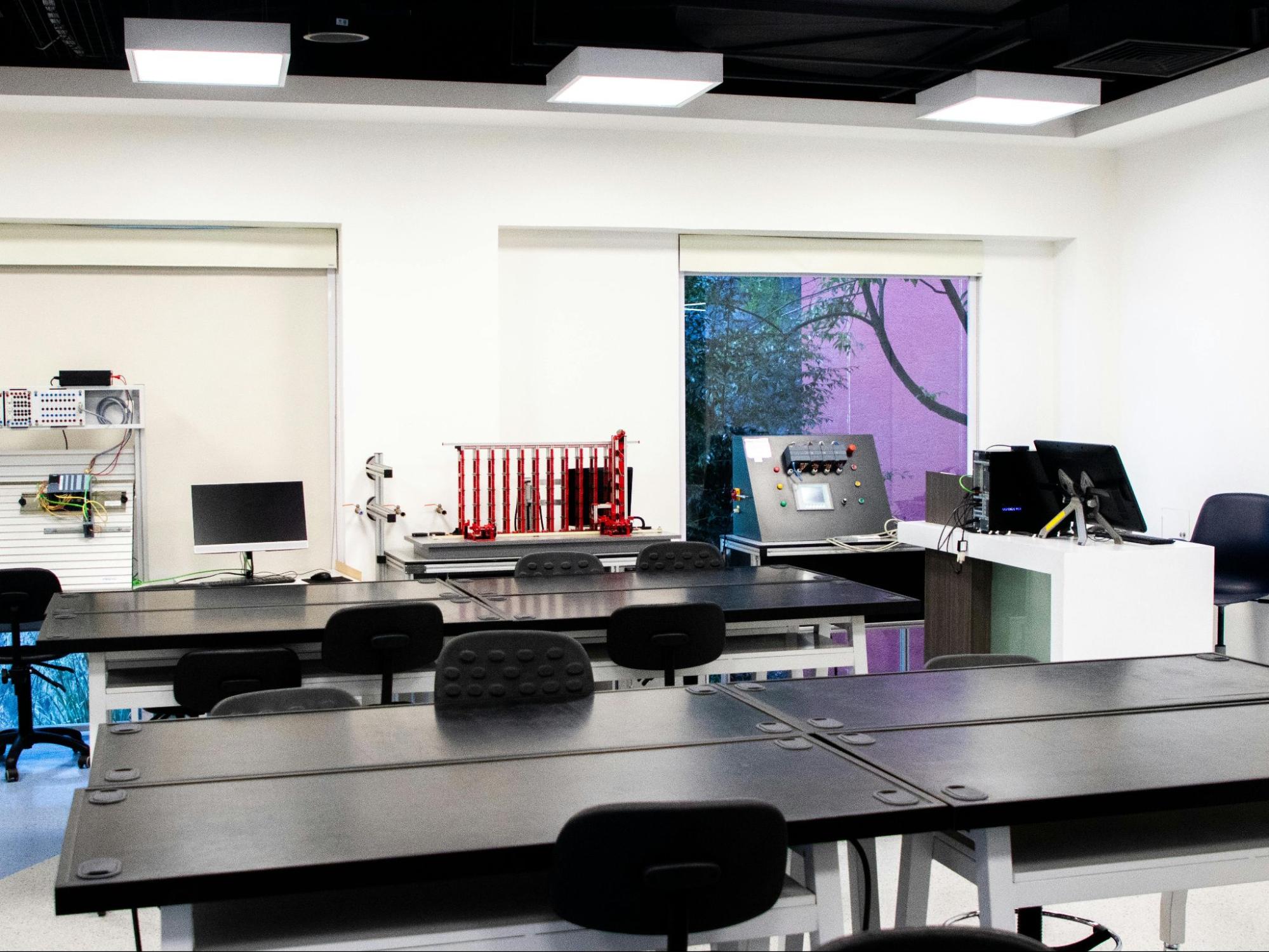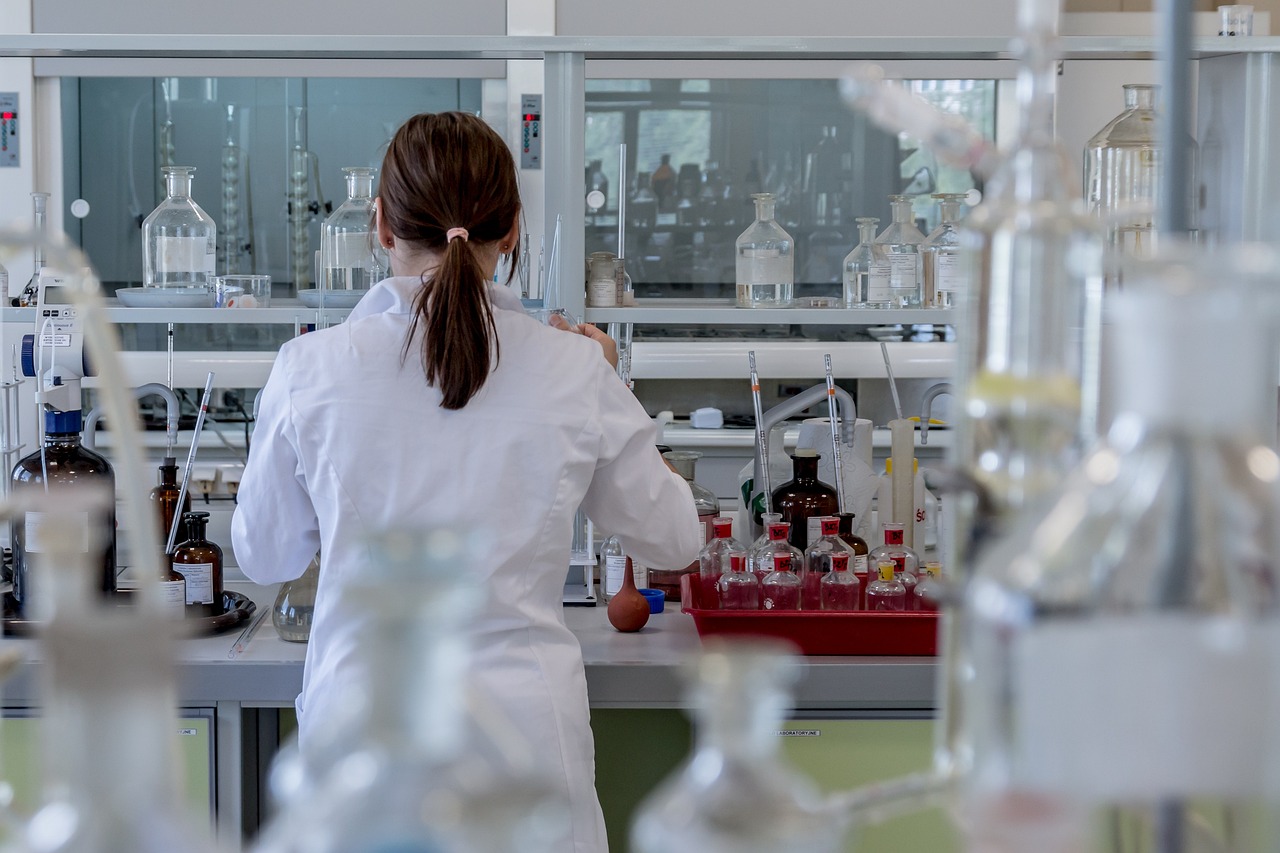
Science labs have come a long way since the days of beakers, test tubes, and Bunsen burners. Today’s modern science labs are equipped with cutting-edge technology that allows researchers to make groundbreaking discoveries in fields such as medicine, biology, chemistry, and physics.
In this blog post, we will explore some of the latest technologies being used in modern science labs. From data logging systems to virtual reality simulations, these tools are revolutionizing the way scientists conduct experiments and analyze data. We will also discuss how these advancements are not only improving efficiency and accuracy in research but also opening up new possibilities for scientific exploration. Without further ado, let’s get started.
Datalogging Solutions
Datalogging solutions have transformed the way data is collected, organized, and analyzed in modern science labs. As highlighted by the team behind PASCO, these systems use sensors to gather real-time data from experiments and store it in a digital format for easy access and analysis. This technology has replaced traditional pen-and-paper methods of recording data, making it more efficient and reducing human error.
With the help of data logging systems, scientists can now monitor multiple variables simultaneously, leading to more accurate results and a deeper understanding of complex phenomena. Furthermore, these solutions also allow for remote monitoring, where researchers can access data from anywhere in the world using internet connectivity.
Microfluidics
Microfluidic technology is another cutting-edge tool being utilized in modern science labs. It involves the manipulation of tiny amounts of fluids, typically on a chip that can fit in the palm of your hand. This technology has revolutionized the way biological and chemical experiments are conducted by miniaturizing processes and increasing efficiency.
Microfluidics offers numerous benefits for researchers, including faster experimentation times, reduced costs, and improved accuracy. It also allows for the integration of multiple functions on a single chip, making it ideal for complex experiments. This technology has been particularly useful in drug discovery, DNA analysis, and disease detection.
CRISPR-Cas9 Gene Editing
CRISPR-Cas9 gene editing is one of the most significant advancements in modern science labs, particularly in genetics and medicine. This technology allows scientists to make precise changes to DNA sequences, opening up possibilities for curing genetic diseases and improving agricultural practices.

Compared to traditional gene editing methods, CRISPR-Cas9 is faster, cheaper, and more accurate. It has been used in various experiments, such as modifying immune cells to fight cancer and creating disease-resistant crops. Its potential for revolutionizing healthcare and agriculture has led to it being hailed as a game-changing tool in modern science labs.
Virtual Reality Simulations
Virtual reality (VR) simulations have transformed the way scientists conduct experiments and visualize data in modern science labs. With the help of VR technology, researchers can create immersive and interactive environments to simulate complex phenomena that are difficult or impossible to recreate in real life.
This tool has been particularly useful in fields such as astrophysics, where it allows researchers to virtually visit distant planets and galaxies. It also enables scientists to explore different scenarios and test hypotheses without the limitations of physical space or resources. Additionally, VR simulations have been used for training purposes, allowing students and professionals to practice procedures before performing them in real-life settings.
Robotics and Automation
Robotics and automation have revolutionized laboratory processes by reducing human involvement, increasing efficiency, and minimizing errors. In modern science labs, robots are being used for tasks such as sample handling, mixing chemicals, and conducting experiments.
These advancements have not only improved productivity but also made experiments safer for researchers by reducing their exposure to hazardous substances. Automation has also allowed for more precise measurements and control of variables, leading to more accurate results. In addition to these benefits, robotics and automation have also opened up new possibilities for remote experimentation and data collection.
Machine Learning and Artificial Intelligence
Machine learning (ML) and artificial intelligence (AI) have become integral tools in modern science labs. These technologies use algorithms to analyze large amounts of data quickly and identify patterns that humans may miss.
In fields such as biology and medicine, ML and AI have been used to analyze complex data sets, leading to new insights into disease diagnosis, treatment, and prevention. They have also been instrumental in drug discovery, with the ability to rapidly screen and identify potential candidates for further research. Moreover, these technologies are continuously advancing and being applied in a variety of scientific disciplines, making them valuable tools for modern science labs.

Modern science labs are at the forefront of technological advancements, constantly pushing the boundaries of what is possible. Datalogging systems, microfluidics, CRISPR-Cas9 gene editing, virtual reality simulations, robotics and automation, and machine learning and artificial intelligence are just some of the cutting-edge tools being used in these labs to revolutionize research methods and open up new possibilities for scientific exploration. As technology continues to evolve and improve, we can only imagine what groundbreaking discoveries will be made in these labs in the future.

